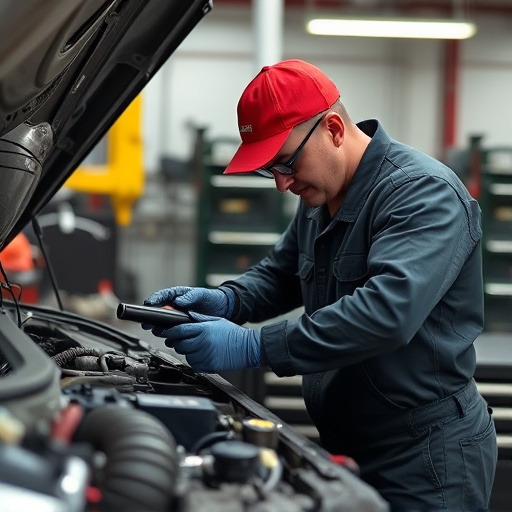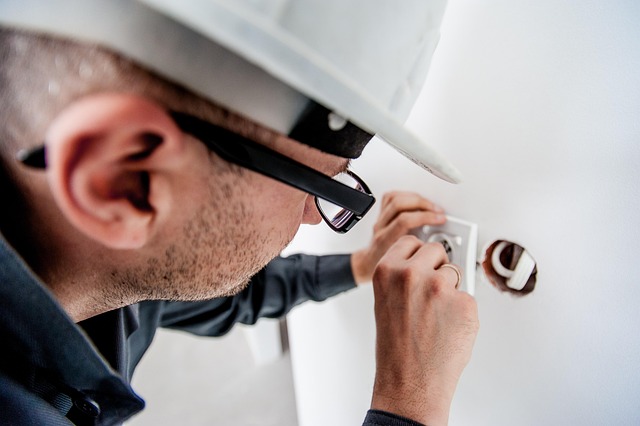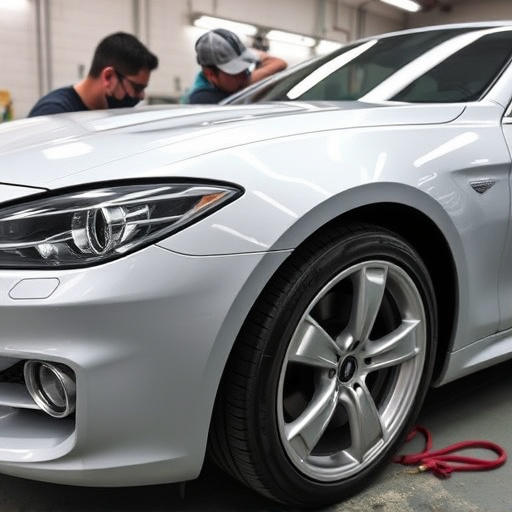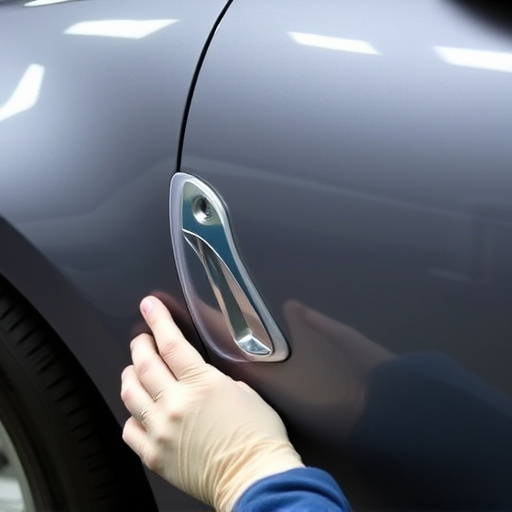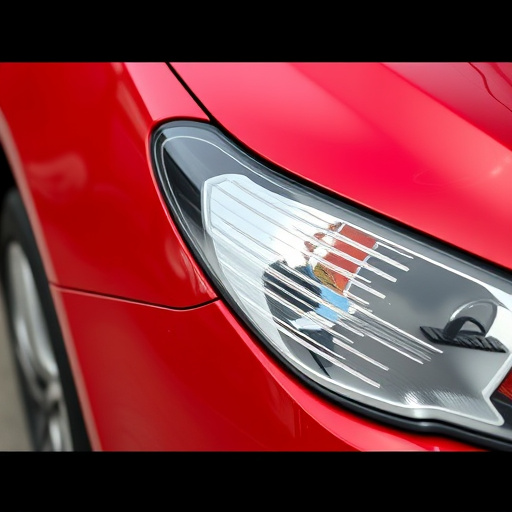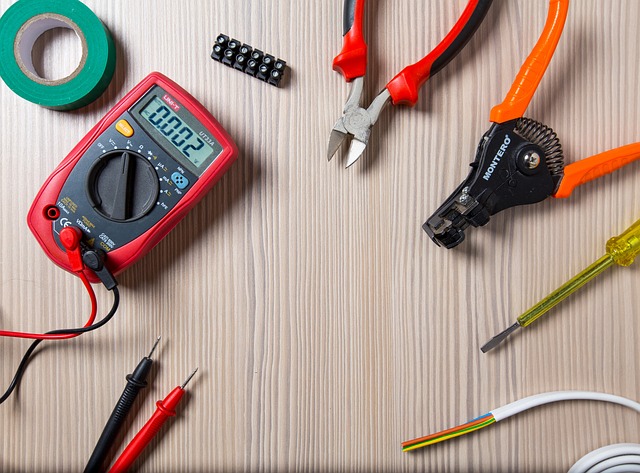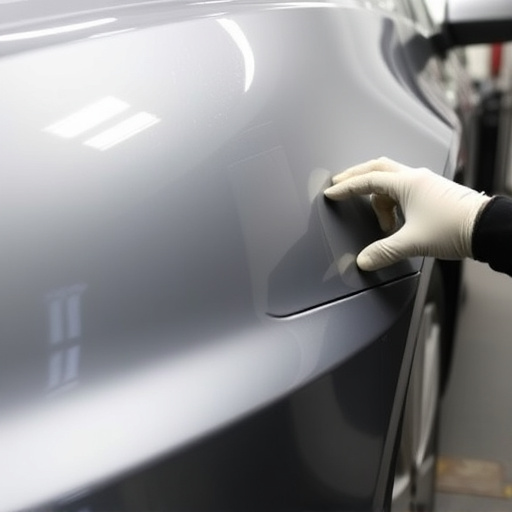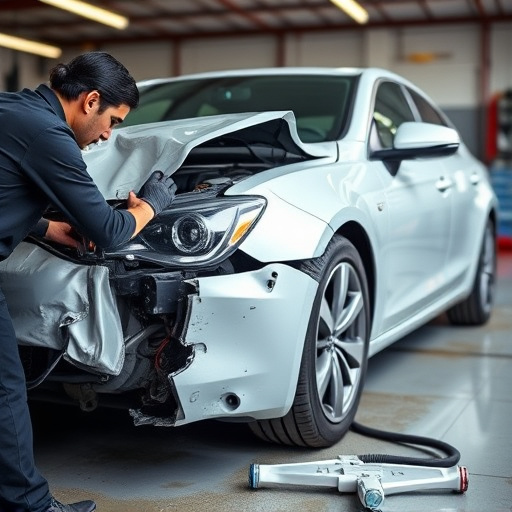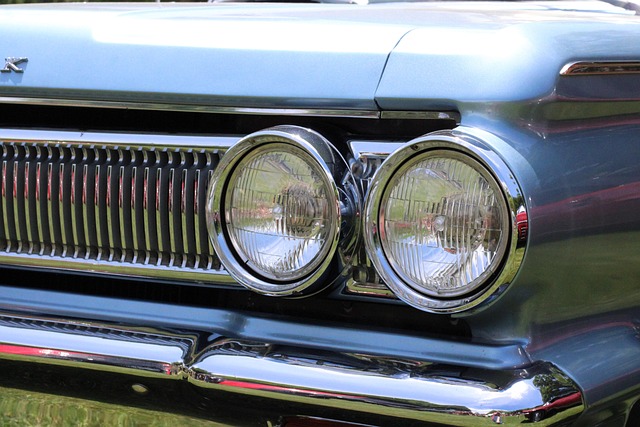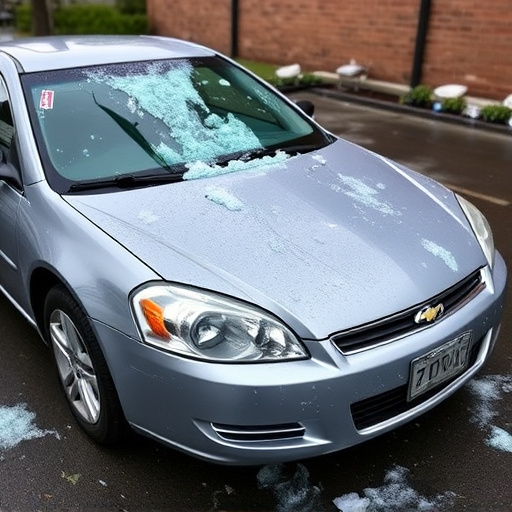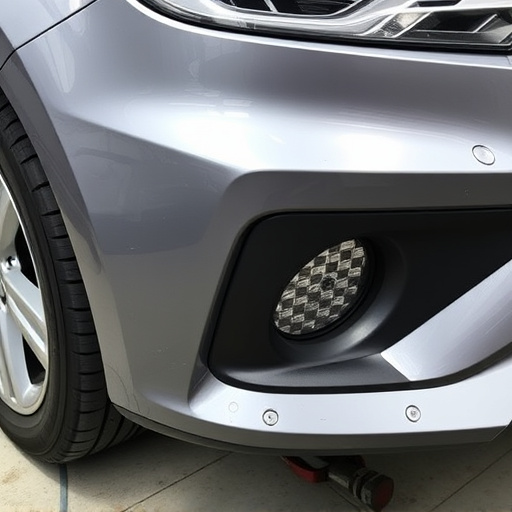Liability claim repair is a meticulous process involving vehicle damage assessment, skilled repairs, and communication among repair shops, insurance providers, and clients. Accurate documentation guides claimants and insurers towards fair outcomes, especially in complex cases like dent repair or bodywork services. Effective communication, through regular updates, plain-language explanations, and active listening, builds trust and enhances the overall client experience.
In the complex landscape of legal disputes, understanding liability claim repair is paramount for efficient resolution. This article serves as a comprehensive guide to navigating the process, offering insights into its intricacies. We’ll explore how accurate documentation significantly impacts successful claims, emphasizing its role in building a robust case. Furthermore, we delve into effective communication strategies during repair and recovery, ensuring a seamless journey towards just outcomes. By understanding these key aspects of liability claim repair, individuals can better prepare for navigating legal challenges.
- Understanding Liability Claim Repair: Unraveling the Process
- The Impact of Accurate Documentation in Liability Claims
- Strategies for Effective Communication During Repair and Recovery
Understanding Liability Claim Repair: Unraveling the Process

Liability claim repair is a meticulous process designed to address and rectify issues arising from insurance claims related to vehicle damage. This intricate procedure involves several steps, beginning with an assessment of the vehicle’s condition and culminating in comprehensive restoration of the affected areas. Understanding liability claim repair requires appreciating its multifaceted nature, which encompasses not just fixing physical damages but also ensuring the safety and structural integrity of the vehicle.
The process kicks off with a thorough inspection to identify all damage to the vehicle, ranging from dents and scratches to more severe structural issues. Once these are documented, skilled technicians employ a combination of specialized tools and techniques tailored to each specific repair need. This may include body panel replacement, painting services to match original specifications, and meticulous auto maintenance to bring the vehicle back to its pre-incident condition. Effective communication between the repair shop, insurance providers, and clients is paramount throughout this journey to ensure smooth progression and adherence to all necessary guidelines for successful liability claim resolution.
The Impact of Accurate Documentation in Liability Claims

In the realm of liability claim repair, accurate documentation is the linchpin that ensures a seamless and just resolution process. Every detail, from initial assessments to final repairs, must be meticulously recorded. This comprehensive documentation serves as a bridge between the incident and its resolution, guiding both claimants and insurance providers towards an unbiased outcome. When dealing with complex cases, such as those involving vehicle dent repair or car bodywork services, precise records are even more critical, as they help in accurately reconstructing events and assessing the extent of damage, thereby facilitating efficient liability claim repair processes.
Beyond simply recording repairs, effective documentation involves clear communication between all parties involved—claimants, auto repair shops, and insurance adjusters. This exchange of detailed information ensures that everyone has a shared understanding of the situation, fostering transparency and trust. In the event of disputes or discrepancies, this well-documented trail becomes invaluable, enabling quick verification and resolution. Thus, accurate documentation is not just a best practice in liability claim repair; it’s an essential component for achieving fairness and efficiency throughout the entire process.
Strategies for Effective Communication During Repair and Recovery

Effective communication is a cornerstone of successful liability claim repair. During the recovery process, clear and consistent dialogue between all parties—insurers, repair technicians, and clients—is vital. This includes providing regular updates on progress, explaining technical aspects in plain language, and actively listening to client concerns or feedback. A well-informed client feels valued and involved, fostering a positive perception of the repair process.
Additionally, open communication channels like dedicated customer service representatives or digital platforms for status checks enhance transparency. This is especially important when coordinating with tire services or collision repair services within a vehicle body shop. By ensuring everyone is on the same page, you minimize misunderstandings, expedite repairs, and ultimately deliver a more satisfying experience for all involved.
Liability claim repair is a meticulous process that demands a strategic approach. By understanding the intricacies of the process, maintaining comprehensive documentation, and fostering open communication, individuals and businesses can effectively navigate the challenges of liability claims. This ensures a smoother recovery journey, minimizing potential setbacks and promoting a positive outcome in the resolution of these complex matters.

